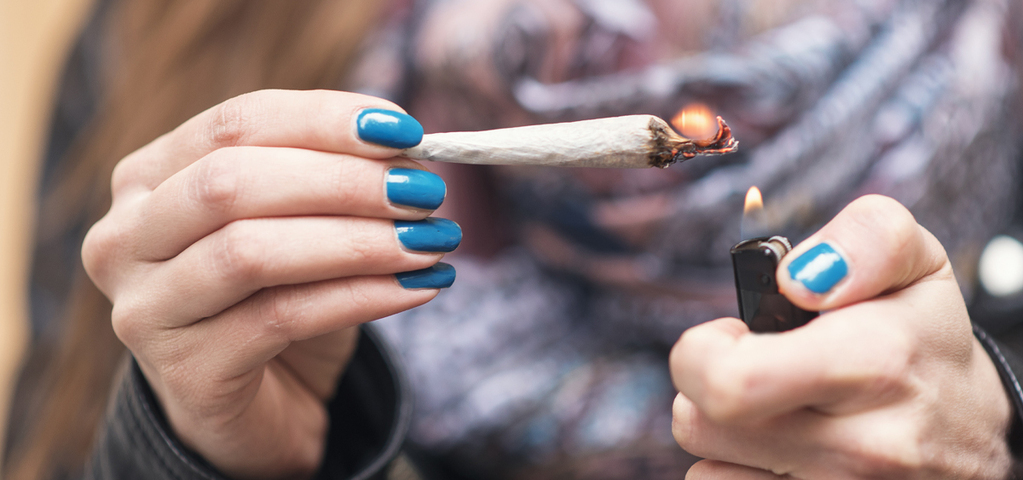Less than 2% of people living in states that have legalized cannabis for adults have been diagnosed with “cannabis use disorder,” according to research published Monday in Substance Use and Addiction outlined by UPI. Comparatively, 1% of people living in non-legal states have received the diagnosis, suggesting that cannabis abuse has not increased in the states that have enacted the reforms.
Silvia S. Martins, director of the Substance Use Epidemiology Unit at Columbia University Mailman School of Public Health in New York City, told UPI that the researchers found cannabis use only increased among certain demographic subgroups during the “first few” years of legalized sales. She added there were no increases in cannabis consumption among youths aged 12-20 following the passage of adult-use laws.
“…There were virtually no increases in cannabis use frequency and cannabis use disorder. … We have not seen significant increases in frequent cannabis use and cannabis use disorders post-adult cannabis use legalization across most demographic subgroups, but we see, as expected increases in use in some demographic subgroups.” — Martins to UPI
The study found a 33% post-legalization increase in cannabis use among Hispanic people and a 21% increase among whites, but little to no change in cannabis use among Black people. Across all racial, ethnic, and age groups, daily cannabis use also did not increase, the report says.
Just over 16% of those living in states with access to adult-use cannabis reported past-year consumption, compared with just over 10% of those living in states where cannabis remains outlawed. Moreover, 11% of participants in legalized states reported past-month use, compared to 6% of those in non-legal states, the researchers found.
The study included data on cannabis consumption among nearly 840,000 people in the U.S. between 2008 and 2020 among people living in states that allow adult use and those that did not.
Get daily cannabis business news updates. Subscribe
End
